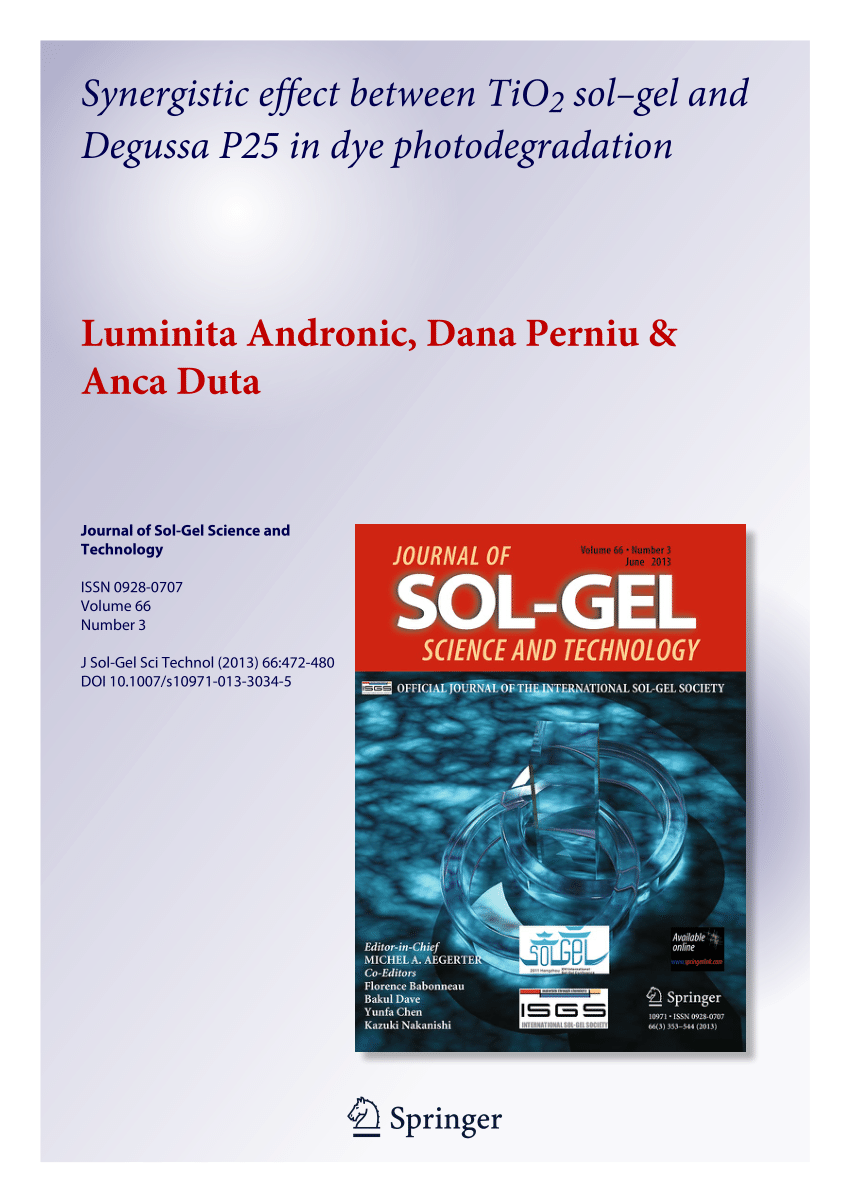Fabrication of hollow sphere silica materials using polystyrene waste templates
Abstract
Hollow sphere silica nanoparticle (HSSN) is a special material with many potential applications. Hard polystyrene (PS) templates are usually applied as the cores and removed by calcination after the silica shell formation. In this study, PS source recycled from waste expanded PS foam was applied to fabricate the nano-size PS dispersion by simple nanoprecipitation technique. With only one precipitation cycle in methanol, the recycled PS was pure enough and the templates with particle size ranging from 168 to 350 nm could be obtained. The cationic surfactant - cetyltrimethylammonium bromide (CTAB) could alter the zeta potential of PS nanoparticles. The positive zeta potential of 71.86 ± 0.3 mV could ensure the good stability of the nano-dispersed system and was essential for silica deposition to PS surfaces. The effect of CTAB concentration and PS amount on the particle size was investigated. Although changing the CTAB concentrations did not show a clear tendency, the particle size was increased when a higher PS concentration in tetrahydrofuran solvent was used. The core@shell structure of PS@SiO2 was formed via hydrolysis and condensation of triethyl orthosilicate (TEOS) in the PS template solution. The collected precipitation amount and the mass after calcination were monitored. The hollow sphere structure was confirmed by transmission electron microscope (TEM). Therefore, HSSN could be successfully fabricated using TEOS and the PS templates synthesized from waste. An investigation of using NaOH instead of NH4OH as a catalyst for TEOS hydrolysis/condensation and the use of a silica source from rice husk was also performed. The presence of Na+ in NaOH or the use of silica source from rice husk might result in less ability to form the hollow sphere structure. The obtained materials were also characterized with X-ray diffraction (XRD) and nitrogen sorption technique to confirm the crystalline and mesoporous structure.
Graphical Abstract


 求助内容:
求助内容: 应助结果提醒方式:
应助结果提醒方式:


